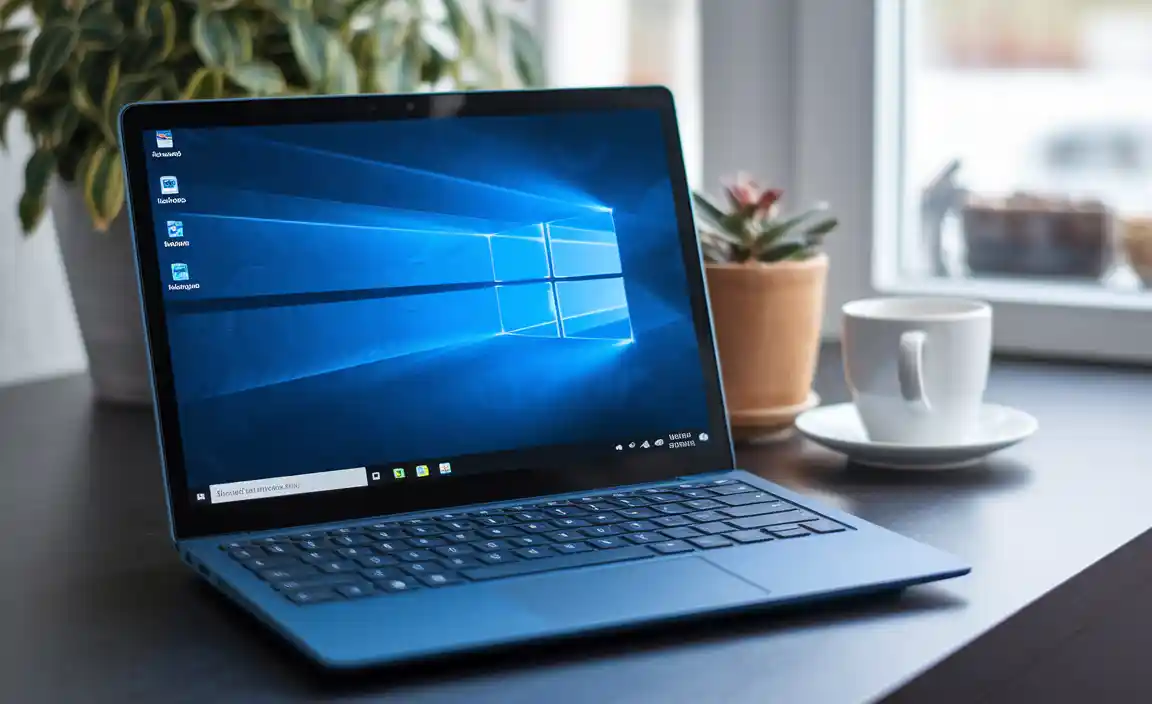Windows 10 shortcut for lock screen is a remarkably simple yet incredibly useful function that many users overlook. In our fast-paced digital lives, efficiency is paramount. Whether you’re stepping away from your desk for a quick coffee break, needing to secure your sensitive work for a moment, or simply want to refresh your desktop, a direct and swift method to access the lock screen is invaluable. Fortunately, Windows 10 provides a straightforward keyboard combination that accomplishes precisely this, saving you precious seconds and streamlining your workflow.

Gone are the days of awkwardly navigating through menus or clicking through multiple windows to achieve a basic security function. The beauty of the Windows 10 shortcut for lock screen lies in its accessibility and ease of remembrance. It’s a testament to Microsoft’s commitment to user convenience, offering a tool that can be learned and utilized by anyone, regardless of their technical expertise. This article will delve into the significance of this shortcut, demonstrate its implementation, and explore its broader implications for cybersecurity and personal productivity.
Unlocking the Power of the Windows 10 Shortcut for Lock Screen
The primary function of the Windows 10 shortcut for lock screen is to immediately display the lock screen, which presents you with the option to log out, switch users, or sign back in. This is crucial for several reasons:
Security: The most obvious benefit is enhanced security. If you need to step away from your computer, even for a short period, locking your screen prevents unauthorized access to your personal files, sensitive work documents, or financial information. Hitting that shortcut instantly shields your session until you re-authenticate. This becomes particularly important in shared office environments or public spaces where your device might be temporarily unattended.
Privacy: Beyond formal security protocols, there are times when you simply want to ensure your privacy. Perhaps you’re discussing something confidential with a colleague and don’t want anything on your screen to be visible to others passing by. Locking your screen provides that immediate visual barrier.
System Responsiveness: While not its primary purpose, sometimes bringing the lock screen into focus can help resolve minor graphical glitches or refresh the display. This is less common, but it’s an added, albeit minor, benefit.
Switching Users: In a multi-user household or a shared computer, the lock screen is your gateway to quickly switching between different user accounts without needing to close all your open applications.
The Effortless Combination: How to Use the Shortcut
The actual mechanism for invoking the Windows 10 shortcut for lock screen is astonishingly simple. All you need to do is press and hold the Windows key on your keyboard and then press the L key. That’s it.
Windows Key: This is typically found on the bottom row of your keyboard, nestled between the `Ctrl` and `Alt` keys. It often features the Windows logo.
L Key: This is the standard letter ‘L’ key on your keyboard.
As soon as you release the keys, your computer will instantly display the Windows 10 lock screen. From there, you can either press `Esc` to return to your desktop (if you just wanted to see the lock screen briefly) or click on your user profile to enter your password or PIN to log back in.
This shortcut is universally applicable whether you’re using a desktop computer with a full-sized keyboard, a laptop, or even a tablet with a physical keyboard attachment. Its consistency across different hardware makes it a reliable tool for all Windows 10 users.
Beyond the Basic: Maximizing the Shortcut’s Potential
While the primary use case for the windows 10 shortcut for lock screen is security and privacy, think about other scenarios where it can enhance your daily computing experience:
Task Switching: Sometimes, the act of locking your screen can provide a mental reset. Stepping away and then consciously re-engaging with your password to log back in can help you refocus on your tasks after a brief distraction or a period of intense concentration.
Preventing Accidental Clicks: If you’re in the middle of something critical and need to move your mouse or adjust your position, accidentally clicking on something could have serious consequences. Locking the screen prevents any input until you’re ready.
* Demonstrations and Presentations: When giving a presentation, you might need to quickly show something on your screen without revealing your personal desktop or active applications. Locking the screen before you start can ensure only the intended content is visible when you log back in.
Comparing with Other Lock Screen Methods
It’s worth noting that there are other ways to lock your computer in Windows 10. You can go to the Start Menu, click on your user icon, and then select “Lock.” Alternatively, you can use the `Ctrl + Alt + Delete` sequence, which brings up a security options screen where you can choose to “Lock.”
However, these methods are invariably slower and require more steps than the direct `Windows Key + L` shortcut. The `Ctrl + Alt + Delete` method, in particular, is designed for a broader range of security functions and is therefore more of a multi-purpose tool rather than a dedicated shortcut for locking. The `Windows Key + L` shortcut is the most efficient and direct route, making it the preferred method for quick and frequent locking.
Final Thoughts on Effortless Security
The `Windows Key + L` shortcut is a prime example of how small, seemingly insignificant features can have a significant impact on our digital lives. It empowers users with a fast, reliable, and effortless way to secure their computers, safeguard their privacy, and maintain control over their digital workspace. In an era where data security and personal privacy are increasingly important, understanding and utilizing this simple windows 10 shortcut for lock screen should be a fundamental skill for every computer user. It’s a small action that yields substantial benefits, making your computing experience both more secure and more efficient. Embrace this effortless shortcut and take a proactive step towards better digital hygiene.
